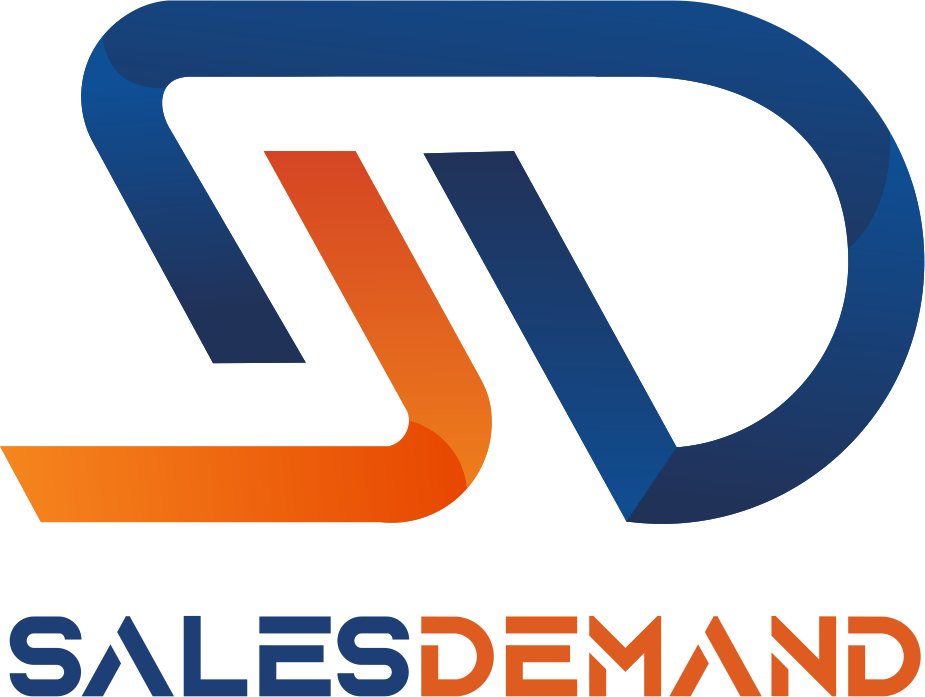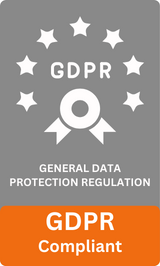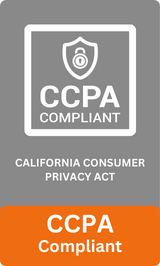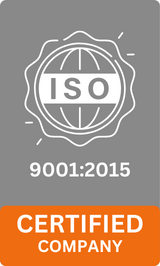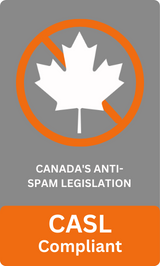
“Marketing is no longer about the stuff you make, but the stories you tell.”
– Seth Godin
Did you know that 87% of B2B marketers say Account-Based Marketing (ABM) delivers higher ROI than any other marketing strategy? In today’s business world, decision-makers are bombarded with generic emails, cold calls, and one-size-fits-all campaigns. The truth is, mass marketing no longer resonates with high-value accounts.
To stand out, B2B companies must move beyond volume-driven campaigns and invest in targeted ABM content hyper-personalized marketing assets designed to engage decision-makers at the right time, in the right way.
This blog explores proven methods to leverage ABM content for driving better ROI, with practical tips, real-world examples, and the latest trends.
Table of Contents
Toggle1# What is Targeted ABM Content?
Targeted ABM content refers to marketing assets designed specifically for a defined set of high-value accounts, rather than a broad audience. Unlike generic B2B content that aims to attract traffic in volume, targeted ABM content is crafted with precision; it speaks directly to an account’s industry, business model, decision-makers, and unique challenges.
For example, instead of publishing a one-size-fits-all whitepaper, a company might create a customized executive report for a handful of enterprise accounts, highlighting market trends that directly impact them. This level of exclusivity transforms content from a passive information piece into a strategic tool for influence and relationship-building.
Simply put, targeted ABM content is about quality over quantity: fewer assets, more personalization, and a stronger focus on driving measurable results within carefully chosen accounts.
2# Examples of Targeted ABM Content:
- Personalized Industry Briefings: Research-backed insights tailored to a specific vertical.
- One-to-One Email Sequences: Carefully written campaigns addressing account-level goals.
- Co-Branded Content: Whitepapers or reports created in collaboration with the target account to boost credibility.
- Executive LinkedIn Posts: Custom thought-leadership crafted to engage leaders within the target company.
- Account-Specific ROI Dashboards: Interactive tools showing potential savings or revenue impact for that account.
3# Why ABM Content is Essential for Modern B2B Growth
1. Precision Over Volume
Traditional demand generation is about reaching as many people as possible. But ABM flips the funnel, focusing instead on a smaller pool of high-value accounts. The content is personalized, relevant, and designed to convert specific targets rather than the masses.
2. ROI Advantage
- Companies using ABM report 48% more revenue per account and 30% higher marketing-attributed revenue.
- ABM-driven organizations experience up to 40% shorter sales cycles because the buying journey feels tailored.
3. Sales-Marketing Synergy
Unlike traditional marketing, ABM forces sales and marketing teams to work together. The content strategy is aligned with sales insights, ensuring every touchpoint builds trust and moves accounts toward conversion.
Method 1: Invest in High-Quality, Data-Driven Targeting
ABM content is only as good as the accounts you target. Poor data leads to wasted resources and irrelevant outreach.
Steps to Improve Targeting
- Use Intent Data: Platforms like Bombora, 6sense, or LinkedIn Insights reveal which accounts are actively researching your solution.
- Segment by Buying Stage: Early-stage accounts may prefer thought leadership, while late-stage buyers need ROI calculators or case studies.
- Enrich Databases: Tools like ZoomInfo or Clearbit help refine contact details, roles, and firmographics.
Pro Insight: Companies leveraging intent data have reported 3X higher engagement rates compared to those relying on static lists.
Method 2: Craft Hyper-Personalized ABM Content
Personalization is the backbone of ABM. Instead of generic blogs or guides, ABM content is tailored for a specific account, industry, or even decision-maker.
Content Ideas for Personalization
- Account-Specific Case Studies: Showcase how you solved challenges for similar companies in their industry.
- Custom Landing Pages: Design pages addressing unique pain points for each account.
- Executive Briefs: Deliver short, value-driven reports written for C-suite leaders.
- Video Messages: Personalized video introductions have 5X higher engagement than plain emails.
Example: Instead of sending a generic eBook to a logistics company, send a custom case study showing how your solution optimized supply chain efficiency for a peer company.
Method 3: Adopt an Omnichannel ABM Strategy
Relying on one channel is risky. B2B buyers interact across multiple platforms; your ABM content should follow them seamlessly.
Effective Channels for ABM Content
- Email Marketing: Triggered, account-specific campaigns.
- LinkedIn Campaigns: Sponsored posts or InMail targeted to decision-makers.
- Events/Webinars: Invite-only roundtables create exclusivity.
- Display Ads & Retargeting: Keep your brand visible throughout the buying journey.
Stat: B2B brands using at least 3 channels in ABM campaigns see 35% higher engagement rates compared to single-channel approaches.
Method 4: Use AI & Automation to Scale Personalization
AI has made ABM scalable without losing the personal touch.
How AI Enhances ABM Content
- Dynamic Content: AI customizes subject lines, visuals, and CTAs based on user behavior.
- Predictive Analytics: Identifies accounts most likely to convert soon.
- Chatbots: Provide instant, personalized responses to high-value prospects.
Stat: 79% of companies using AI in ABM have increased revenue, proving automation drives measurable ROI.
Check out our latest blog to learn more about how AI is transforming lead generation: AI-powered Lead Generation.
Method 5: Create Content for Every Stage of the Buyer’s Journey
Target accounts are rarely ready to buy immediately. ABM content should nurture them across the funnel:
- Awareness Stage: Blogs, industry reports, and thought-leadership content.
- Consideration Stage: Case studies, comparison guides, and webinars.
- Decision Stage: ROI calculators, personalized demos, and testimonials.
Pro Insight: Mapping ABM content to buyer stages increases lead-to-opportunity conversion rates by up to 25%.
Method 6: Align Sales and Marketing on ABM Content
One of the biggest ABM success factors is tight sales-marketing alignment.
Best Practices for Alignment
- Shared KPIs: Instead of vanity metrics, focus on pipeline velocity, deal size, and account engagement.
- Content Co-Creation: Sales should provide input on FAQs, objections, and pain points to shape ABM assets.
- Weekly Syncs: Regular alignment meetings ensure campaigns remain relevant.
Example: A SaaS firm aligned sales and marketing on ABM messaging and saw a 40% increase in deal velocity within 6 months.
Method 7: Leverage Interactive & Multimedia Content
Static PDFs no longer cut it. B2B buyers crave engaging, interactive content.
Interactive ABM Content Formats
- ROI calculators customized for each account.
- Interactive infographics with account-specific data points.
- Personalized video explainers.
- Interactive microsites designed for high-value accounts.
Stat: Interactive content generates 2X more engagement than static formats in ABM campaigns.
Method 8: Measure, Analyze, and Optimize ABM Content
ABM success isn’t just about content creation; it’s about measuring what works.
Key Metrics for ABM Content ROI
- Engagement Rate per Account (clicks, time spent, responses).
- Pipeline Velocity (how fast accounts move through the funnel).
- Deal Size Growth (average revenue per account).
- Win Rate Increase (percentage of targeted accounts converted).
Pro Insight: ABM leaders who continuously optimize campaigns see up to 50% higher revenue growth compared to laggards.
4# Real-World Case Snapshot: SaaS ABM Success
A mid-sized SaaS provider wanted to target Fortune 500 firms. Instead of mass campaigns, they launched a 3-month ABM program:
- Identified 50 high-value accounts using intent data.
- Built custom microsites with tailored content.
- Ran LinkedIn ABM campaigns with personalized InMail outreach.
- Nurtured accounts with executive briefs and exclusive webinars.
Results:
- 3X engagement compared to generic campaigns
- 40% shorter sales cycles
- 2X larger average deal size
Conclusion
Account-Based Marketing is no longer optional. For B2B companies, targeted ABM content is the proven engine for driving ROI. By combining:
- Data-driven targeting
- Personalized content
- Omnichannel outreach
- AI-driven personalization
- Sales-marketing alignment
- Interactive formats
Businesses can unlock higher conversions, larger deals, and long-term relationships with high-value accounts.
If your organization wants to convert fewer leads into more customers with higher revenue impact, it’s time to double down on ABM content strategies built for ROI.
I hope you find the above content helpful. For more such informative content, please visit SalesDemand.
